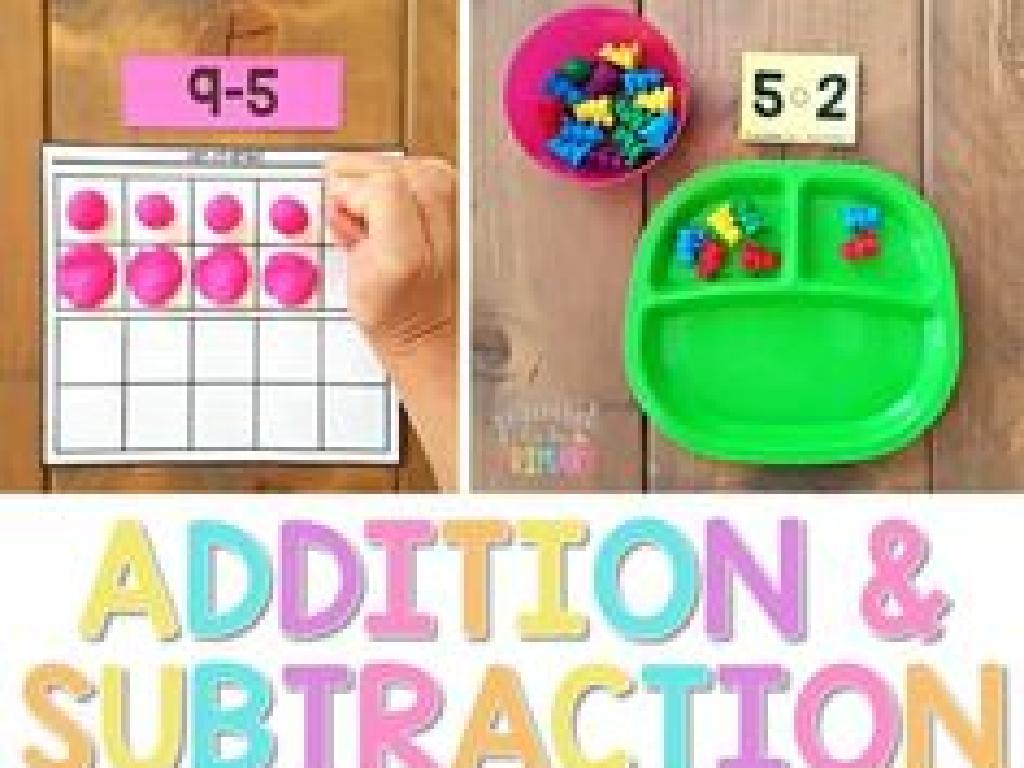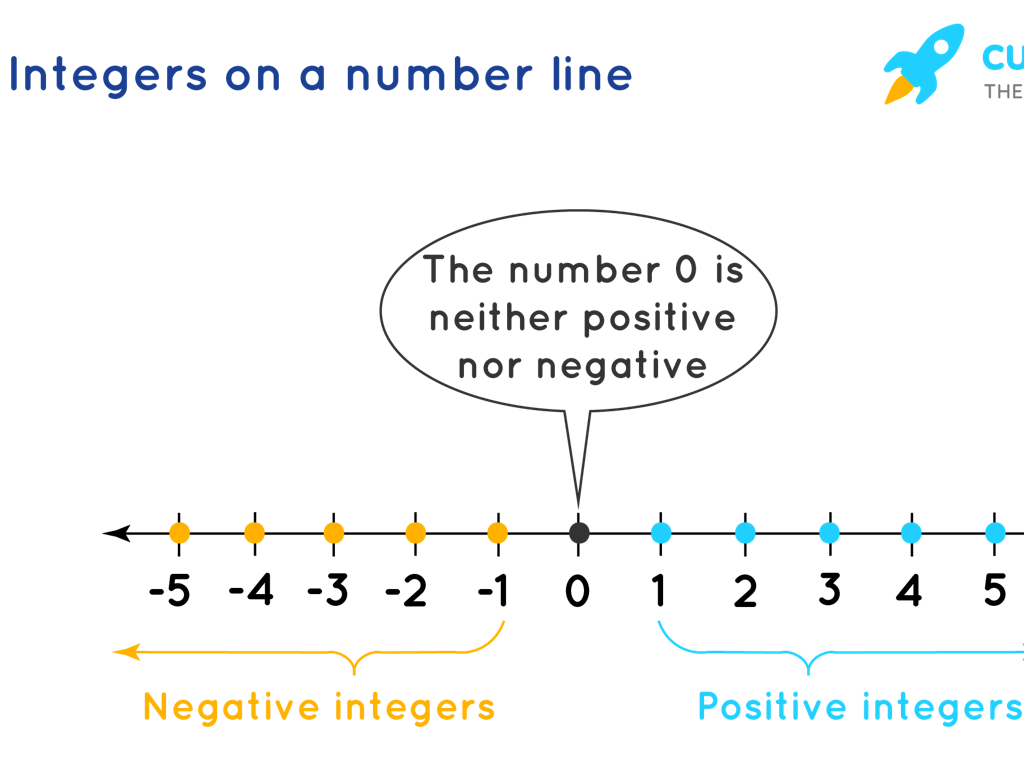Create And Use Supply And Demand Curves
Subject: Social studies
Grade: Eighth grade
Topic: Supply And Demand
Please LOG IN to download the presentation. Access is available to registered users only.
View More Content
Introduction to Supply and Demand
– Basics of a market economy
– A system where prices are based on competition and trade
– Defining supply and demand
– Supply is how much is available, demand is how much is wanted
– Significance of supply and demand
– They determine prices and quantity of goods
– Interpreting supply and demand curves
– Graphs that show the relationship between price and quantity
|
This slide introduces the foundational concepts of supply and demand within a market economy, which is driven by the decisions of buyers and sellers. Supply represents how much the market can offer, while demand indicates how much of a product is desired by buyers. The importance of supply and demand lies in their role in determining the price of goods and services, as well as the quantity that will be sold. By understanding and interpreting supply and demand curves, students can visualize how changes in supply and demand can affect the market. Encourage students to think of examples of supply and demand they see in their daily lives, such as the availability of new video games or seasonal fruits.
Understanding Supply in Economics
– Define the concept of supply
Supply is the total amount of a product or service available to consumers.
– Explore the Law of Supply
Price and quantity supplied are directly related; as price increases, so does quantity supplied.
– Examine factors affecting supply
Factors include production costs, seller expectations, and external influences like technology.
– Graphing supply on a curve
|
This slide introduces the concept of supply, a fundamental element in the study of economics. Begin with a definition of supply, ensuring students understand it as the amount of goods or services that are available for purchase. Then, discuss the Law of Supply, which states that there is a direct relationship between price and the quantity of goods supplied. Highlight the factors that can affect supply, such as changes in production costs, technological advancements, and shifts in seller expectations. Conclude by explaining how these concepts can be represented visually on a supply curve, which will be explored in more detail with graphs in subsequent lessons. Encourage students to think of examples where they have seen supply change in response to these factors in real life.
Understanding Demand in Economics
– Define economic demand
Demand is the quantity of a product consumers are willing to buy at different prices.
– Explore the Law of Demand
As price decreases, quantity demanded generally increases, and vice versa.
– Examine factors influencing demand
Factors include income, tastes, and price of related goods.
– Graphing demand on a curve
|
Begin the lesson by defining demand from an economic perspective, emphasizing that it’s not just about wanting something, but being willing and able to purchase it. Introduce the Law of Demand and explain its inverse relationship between price and quantity demanded. Discuss various factors that can influence demand, such as changes in income, consumer preferences, and the prices of complementary or substitute goods. Conclude by showing how these concepts can be represented visually on a demand curve, plotting price against quantity demanded. This will set the stage for understanding how markets work and the importance of demand in economic decision-making.
Creating a Supply Curve
– Plot price vs. quantity supplied
– Learn why the curve slopes upward
– As price increases, so does quantity supplied, reflecting producers’ willingness to sell more at higher prices.
– Examine a lemonade stand example
– Imagine you sell more lemonade as the price increases from $1 to $2.
– Understand market supply dynamics
|
This slide introduces students to the concept of a supply curve, which is a graph showing the relationship between the price of a good and the amount of that good that suppliers are willing to produce and sell. Start by explaining how to plot a supply curve with price on the vertical axis and quantity on the horizontal axis. Emphasize the upward slope of the supply curve, which illustrates the law of supply: as the price of a good increases, suppliers are willing to offer more of it for sale. Use a real-life example, such as a lemonade stand, to show how a supplier might increase the quantity of lemonade supplied as the price rises. This tangible example will help students grasp the concept of supply in a market economy. Encourage students to think of other examples where they have seen this principle in action.
Creating a Demand Curve
– Plot price vs. quantity demanded
– On a graph, price is on the y-axis and quantity on the x-axis.
– Grasp the downward slope
– A demand curve slopes down, showing inverse relationship between price and quantity.
– Demand curve for concert tickets
– Example: Higher ticket prices may lower the number of tickets sold.
– Analyzing changes in demand
– Observe how factors like artist popularity can shift the demand curve.
|
This slide introduces students to the concept of a demand curve, which is a graphical representation of the relationship between the price of a good and the quantity demanded. Students will learn how to create a demand curve by plotting points that represent the price of an item against the quantity demanded at that price. They will understand why the demand curve typically has a downward slope, indicating that as the price increases, the quantity demanded decreases. Using the example of concert tickets, students can relate to how pricing affects their willingness to purchase. Discuss how various factors, such as the popularity of the performing artist, can affect the demand for tickets and lead to shifts in the demand curve. Encourage students to think of other examples where they have seen the effects of price changes on demand.
Supply and Demand Equilibrium
– Define Market Equilibrium
– The point where supply equals demand
– Supply & Demand Curve Intersection
– The point where the supply curve meets the demand curve on a graph
– Equilibrium’s Effect on Prices
– At equilibrium, the price is stable, benefiting both buyers and sellers
– Equilibrium’s Effect on Quantity
– The quantity sold is at its optimal level, where the amount supplied equals the amount demanded
|
This slide introduces the concept of market equilibrium within the context of supply and demand curves. Market equilibrium occurs at the point where the quantity of goods supplied equals the quantity demanded, and this is visually represented by the point where the supply and demand curves intersect on a graph. It’s crucial for students to understand that at equilibrium, the market price stabilizes, and the quantity of goods sold reaches an optimal level, preventing excess supply or demand. Discuss how shifts in these curves can lead to changes in equilibrium, affecting both price and quantity in the market. Use real-life examples, such as the pricing of popular toys during the holiday season, to illustrate these concepts.
Shifts in Supply and Demand Curves
– Causes of curve shifts
– Factors like price changes, income levels, and market trends.
– Examples of shift factors
– Seasonal demand, technological advances, and policy changes.
– Analyzing shifts’ impact
– How supply and demand shifts affect market balance.
– Equilibrium changes
– Equilibrium is where supply equals demand; shifts can lead to surpluses or shortages.
|
This slide aims to explain the dynamics of supply and demand curves in a market economy. Students should understand that various factors can cause the supply and demand curves to shift, such as changes in consumer preferences, technological advancements, or economic policies. Provide real-world examples, like how the demand for swimsuits increases in summer, causing a shift in the demand curve. Discuss how these shifts can affect the market equilibrium, leading to either a surplus or shortage of goods. Encourage students to think critically about how current events might influence supply and demand for different products.
Class Activity: Market Simulation
– Split into groups for curve creation
– Each group chooses a product
– Simulate changes in the market
– Consider factors like price changes or new trends
– Observe & record curve effects
– How do supply and demand curves shift?
|
This activity is designed to help students understand the dynamic nature of supply and demand curves through practical application. Divide the class into small groups and assign or let them choose a product to analyze. Each group will draw supply and demand curves based on hypothetical market conditions. Then, introduce market changes such as price increases, technological advancements, or shifts in consumer preferences. Students will simulate these changes and observe how they affect the curves. Encourage groups to discuss why the curves shift in response to market changes. Possible activities: 1) One group could increase the price due to a shortage of resources, 2) another group could simulate a demand increase due to a product becoming trendy, 3) a third group could show the effects of a successful advertising campaign on demand, 4) another could demonstrate the impact of a new competitor entering the market. This hands-on experience will solidify their understanding of the concepts.
Conclusion: Understanding Supply & Demand
– Recap of supply and demand
– Review key concepts and curves
– Significance in economics
– How they determine market prices
– Engage in Q&A session
– Opportunity to clarify doubts
– Reflect on today’s learning
|
This slide aims to wrap up the lesson by reviewing the fundamental concepts of supply and demand, emphasizing their critical role in determining the prices and quantities of goods in a market. Highlight the importance of understanding these concepts for future economic studies and real-world applications. The Q&A session is an essential part of the conclusion, providing students with the opportunity to ask questions and clear up any confusion. Encourage students to think about how supply and demand affect their daily lives and to consider examples they’ve observed. Conclude by summarizing the main points covered in the lesson and reminding students of the relevance of economics in society.






